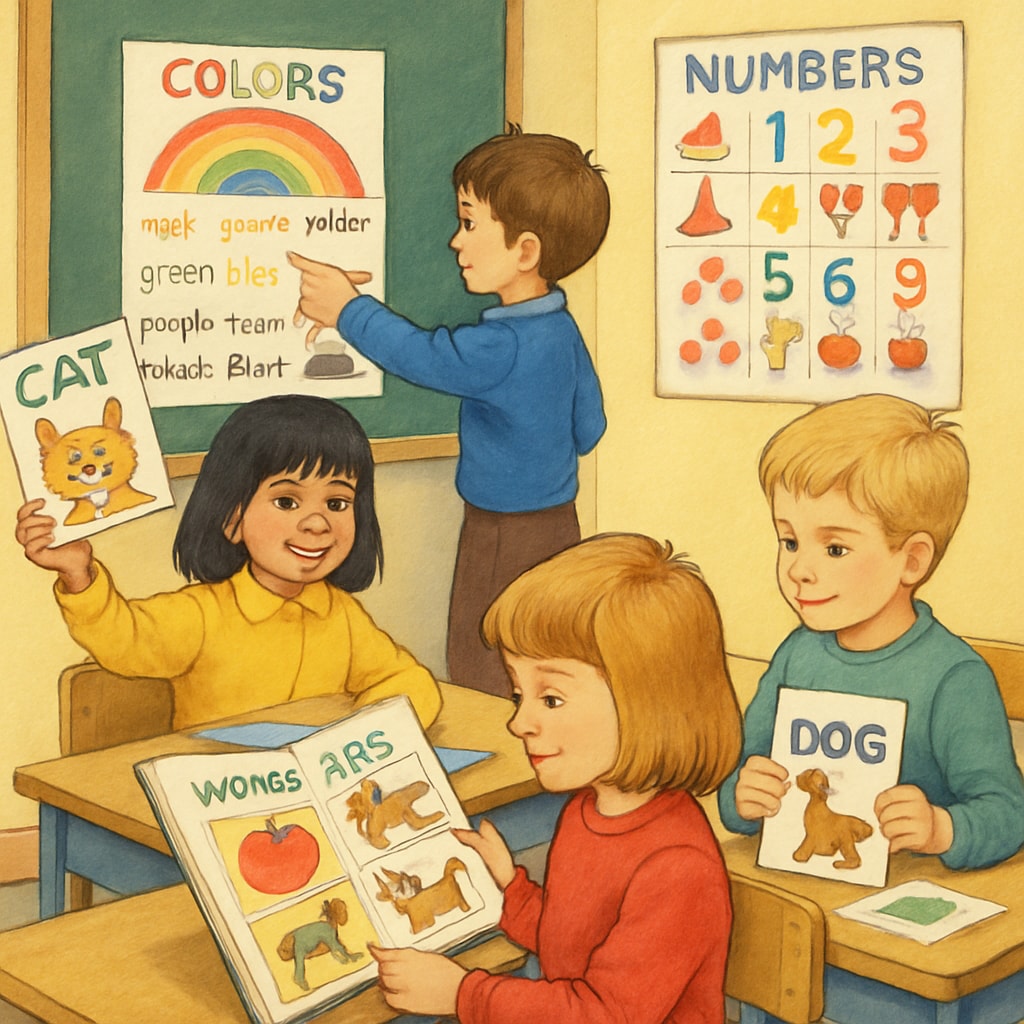For many who grew up using the “World of Language” textbook, its pages hold fond memories of discovery and creativity. This classic elementary school language textbook not only introduced children to the fundamentals of language but also revolutionized how language teaching was approached. Its unique blend of interactive exercises, relatable stories, and practical applications made it a cornerstone of childhood education. Today, as we reflect on its legacy, we uncover lessons that could rejuvenate modern language teaching practices.
The Unique Approach of “World of Language”
What set “World of Language” apart from other elementary school textbooks was its focus on making language learning both engaging and meaningful. Instead of rote memorization, the book used storytelling, vivid illustrations, and practical scenarios to immerse students in the learning process. This approach empowered children to develop skills in reading comprehension, writing, and even oral communication.
For example, the textbook often included interactive exercises, such as role-playing activities or group discussions, which encouraged students to practice speaking and listening in real-world contexts. By integrating oral language skills alongside reading and writing, “World of Language” ensured a holistic development of linguistic abilities—a feature that remains surprisingly absent in many modern curricula.

Lessons from the Past: What Modern Education Can Learn
As digital tools dominate today’s classroom, the art of oral communication often takes a backseat in language learning. While students may excel in grammar exercises or reading comprehension, they often lack confidence in speaking fluently or articulating ideas effectively. “World of Language” reminds us that language education should always include interactive, face-to-face communication as a core component.
Additionally, the textbook’s creative exercises encouraged students to think critically and apply language skills in innovative ways. Activities such as crafting original stories, improvising dialogues, or analyzing character motivations helped bridge the gap between academic learning and everyday communication. These methods continue to offer valuable insights for educators aiming to nurture well-rounded language learners.

Why “World of Language” Is Still Relevant Today
The timeless appeal of “World of Language” lies in its ability to make language learning accessible and enjoyable for all students. With its focus on practical application and interactive learning, the textbook addressed the diverse needs of young learners, including those who might struggle with traditional academic formats.
As we face an increasingly globalized world, the ability to communicate effectively—both written and oral—has become more critical than ever. Revisiting the principles behind “World of Language” could inspire new ways to teach languages, ensuring students not only learn but also retain and apply their knowledge meaningfully.
Looking Ahead: By rediscovering the innovative methods of this cherished textbook, educators could integrate its principles into modern teaching strategies, blending the best of traditional and contemporary approaches.
For further reading on language education and textbook evolution, visit Educational Theory on Wikipedia or explore insights from Education Perspectives on Britannica.


